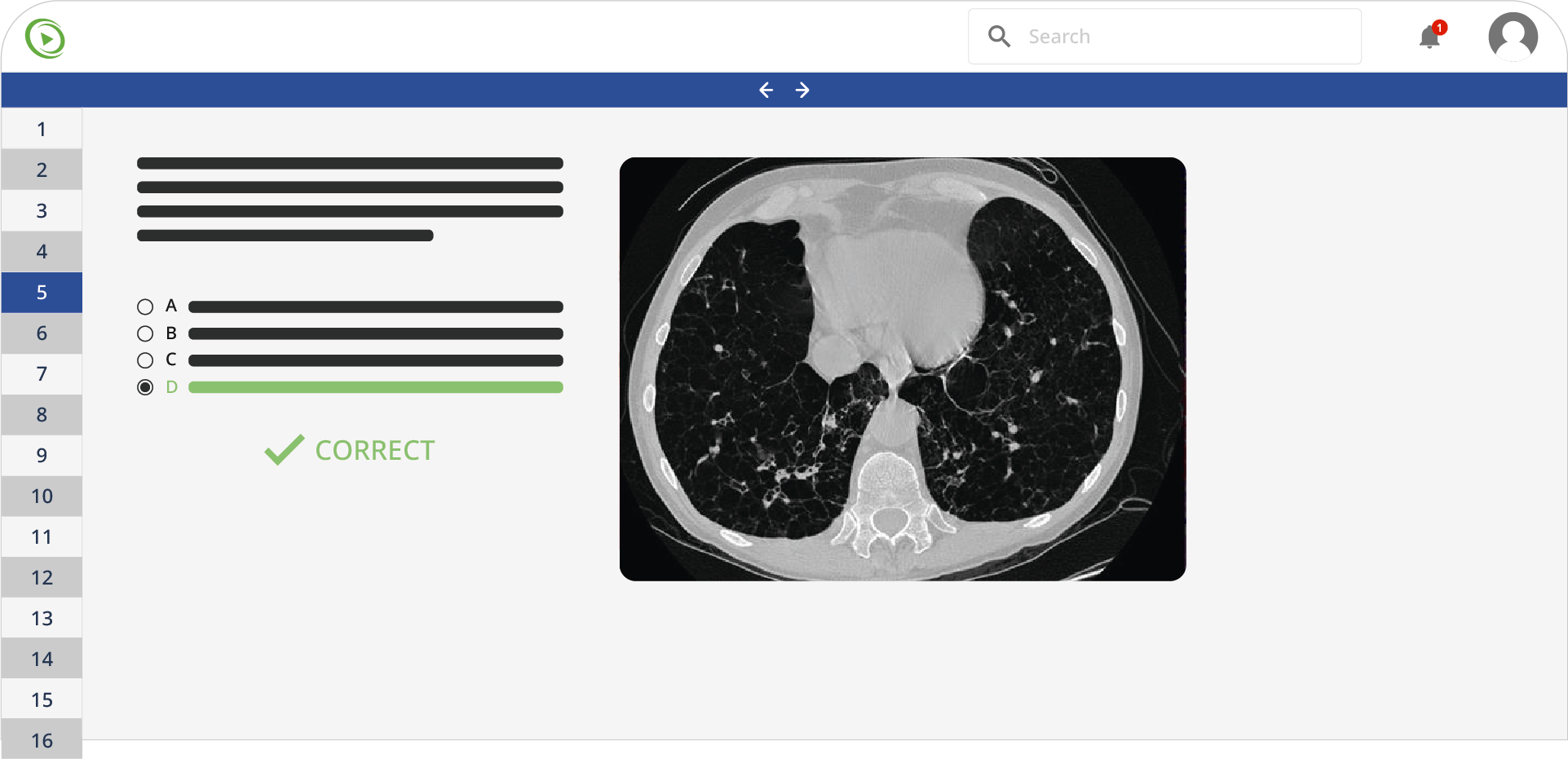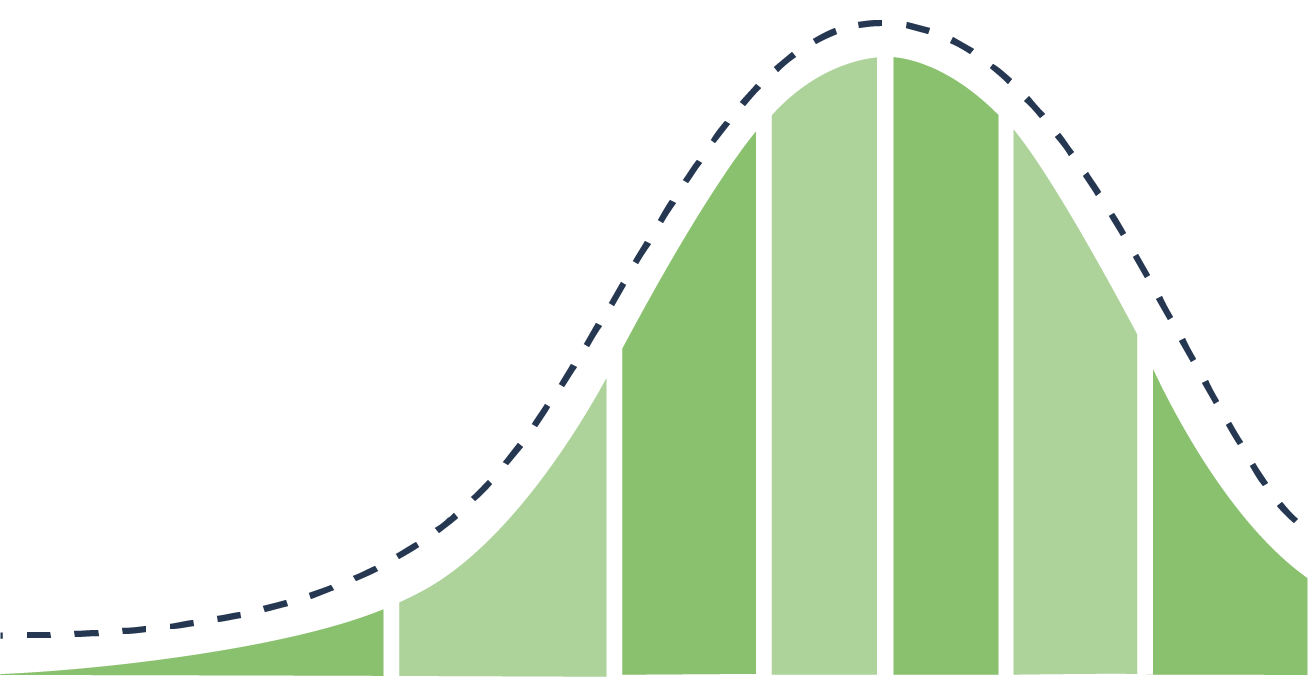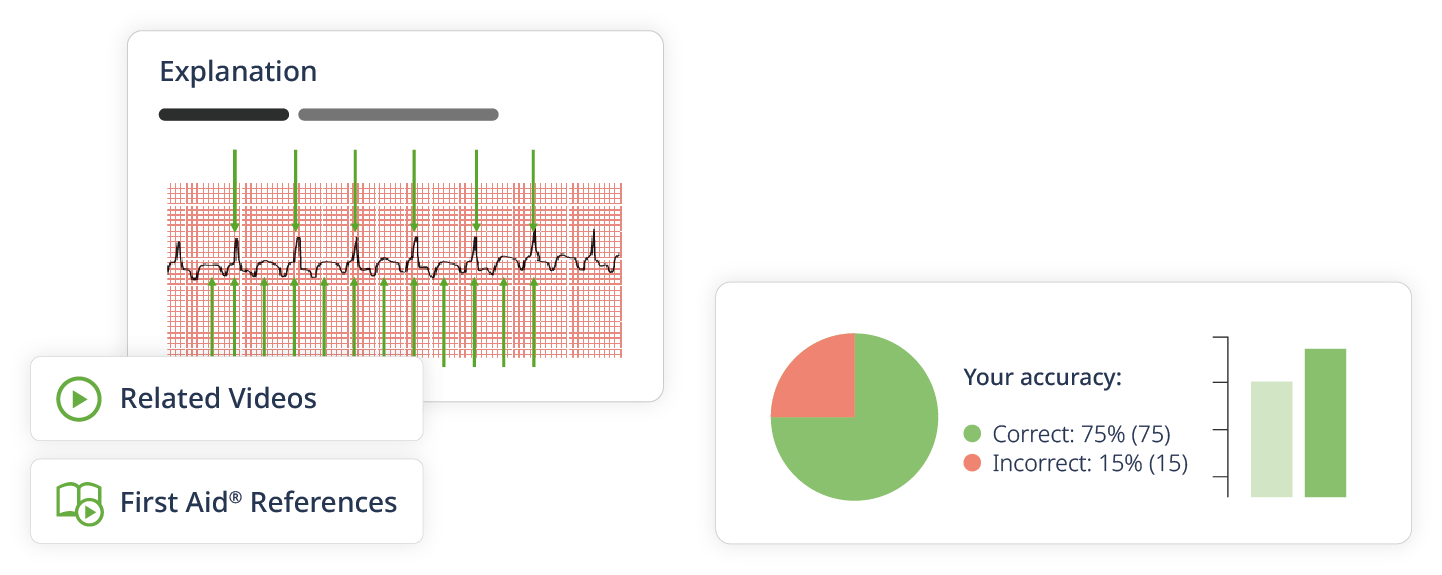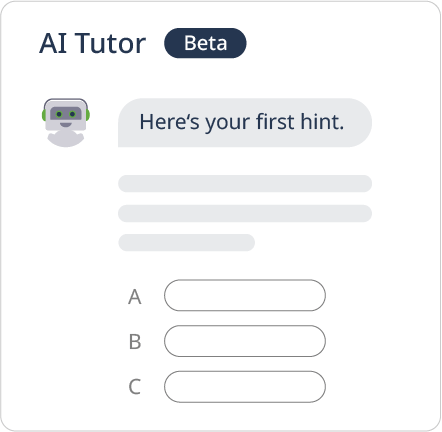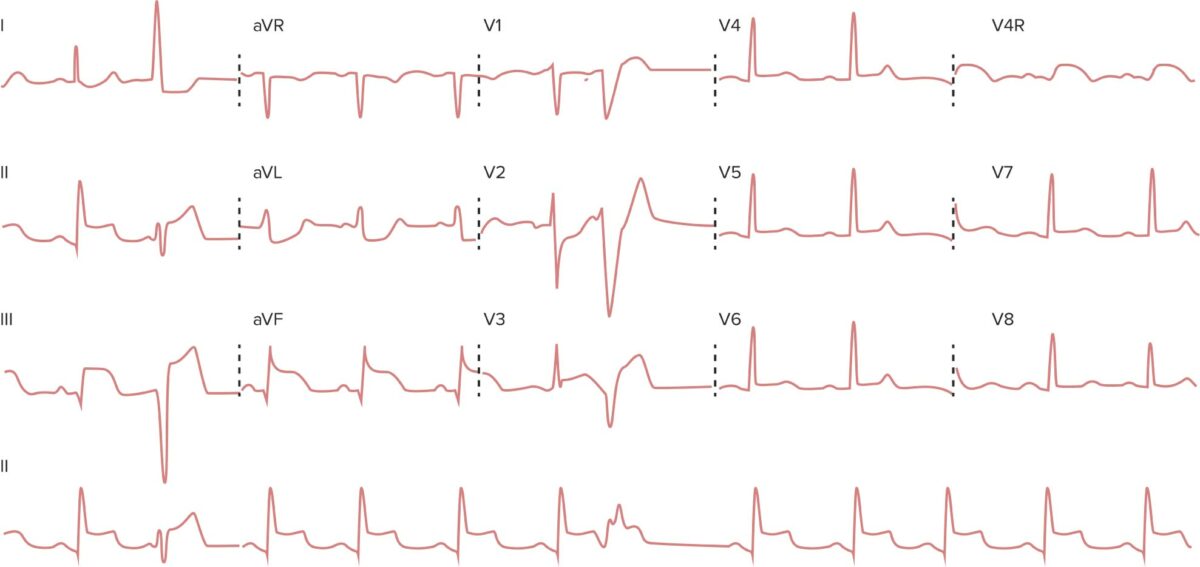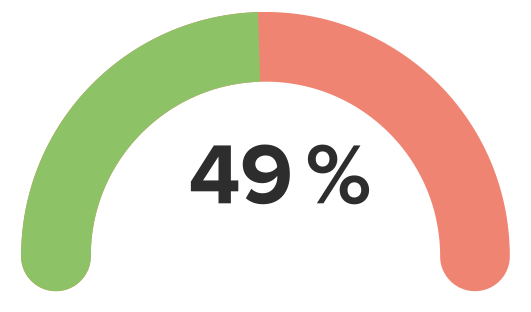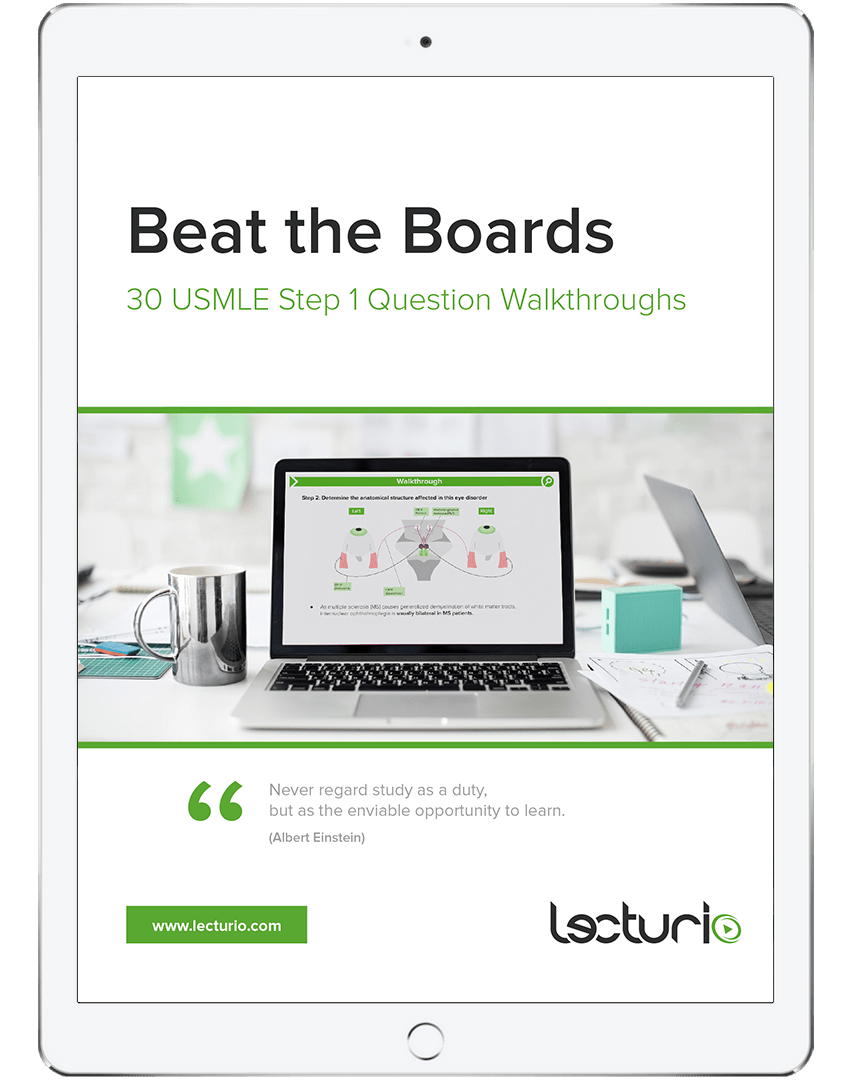A large pharmaceutical company is seeking healthy volunteers to participate in a drug trial. The drug is excreted in the urine, and the volunteers must agree to laboratory testing before enrolling in the trial.
The laboratory results of one volunteer are shown below:
| Serum glucose (random) | 148 mg/dL |
| Sodium | 140 mEq/L |
| Potassium | 4 mEq/L |
| Chloride | 100 mEq/L |
| Serum creatinine | 1 mg/dL |
Urinalysis test results:
| Glucose | absent |
| Sodium | 35 mEq/L |
| Potassium | 10 mEq/L |
| Chloride | 45 mEq/L |
| Creatinine | 100 mg/dL |
Assuming a urine flow rate of 1 mL/min, which set of values represents the renal clearance of glucose, sodium, and creatinine in this patient?
A. Glucose: 0 mg/dL, Sodium: 45 mL/min, Creatinine: 100 mg/dL
B. Glucose: 0 mg/dL, Sodium: 0.25 mL/min, Creatinine: 100 mg/dL
C. Glucose: 0 mg/dL, Sodium: 48 mL/min, Creatinine: 100 mg/dL
D. Glucose: 148 mg/dL, Sodium: 105 mL/min, Creatinine: 99 mg/dL
E. Glucose: 0 mg/dL, Sodium: 4 mL/min, Creatinine: 0.01 mg/dL
A 15-year-old teenager presents for a sports physical. His blood pressure is 110/70 mm Hg, temperature is 36.5°C (97.7°F), and heart rate is 100/min. On cardiac auscultation, an early diastolic heart sound is heard over the cardiac apex while the patient is in the left lateral decubitus position. A transthoracic echocardiogram is performed which shows an ejection fraction of 60% without any other abnormalities. Which of the following is the end-systolic volume in this patient if his cardiac output is 6 L/min?
A. 50 mL
B. 60 mL
C. 100 mL
D. 40 mL
E. 120 mL
A 20-year-old woman is brought to the emergency department with a puncture wound on the right side of her chest. She was walking to her apartment when she was assaulted. As she resisted to give up her purse, the assailant stabbed her in the chest with a knife and ran away. She is in severe respiratory distress. Her heart rate is 140/min, respiratory rate is 28/min, and blood pressure is 145/65 mm Hg. The pulse oximetry shows an oxygen saturation of 84%. An oval puncture wound is seen on the right lateral aspect of her chest and she is stuporous. The heart sounds are normal and no jugular venous distension is seen. Distant breath sounds are present on the right. Which of the following changes during inspiration explains her breathing difficulty?
A. Diminished inspiratory force due to pain
B. Decreased intrapleural pressure
C. Equal intrapleural and atmospheric pressures
D. Paralysis of the diaphragm
E. Increased elastic force of the chest wall pulling it inwards
A 35-year-old woman volunteers for a study on respiratory physiology. Pressure probes A and B are placed as follows:
- Probe A: between the parietal and visceral pleura
- Probe B: within the cavity of an alveoli
The probes provide a pressure reading relative to atmospheric pressure. To obtain a baseline reading, she is asked to sit comfortably and breathe normally. Which of the following sets of values will most likely be seen at the end of inspiration?
A. Probe A: 0 mm Hg; probe B: 0 mm Hg
B. Probe A: 0 mm Hg; probe B: -1 mm Hg
C. Probe A: -4 mm Hg; probe B: 0 mm Hg
D. Probe A: -4 mm Hg; probe B: -1 mm Hg
E. Probe A: -6 mm Hg; probe B: 0 mm Hg
F. Probe A: -6 mm Hg; probe B: -1 mm Hg
A 60-year-old woman presents to the clinic with a 3-month history of shortness of breath that worsens on exertion. She also complains of chronic cough that has lasted for 10 years. Her symptoms are worsened even with light activities like climbing up a flight of stairs. She denies any weight loss, lightheadedness, or fever. Her medical history is significant for hypertension, for which she takes amlodipine daily. She has a 70-pack-year history of cigarette smoking and drinks 3–4 alcoholic beverages per week. Her blood pressure today is 128/84 mm Hg. A chest X-ray shows flattening of the diaphragm bilaterally. Physical examination is notable for coarse wheezing bilaterally. Which of the following is likely to be seen with pulmonary function testing?
A. Increased FEV1: FVC and decreased total lung capacity
B. Decreased FEV1: FVC and increased total lung capacity
C. Increased FEV1: FVC and normal total lung capacity
D. Decreased FEV1: FVC and decreased total lung capacity
E. Normal FEV1: FVC and decreased total lung capacity
A 45-year-old man walks into an urgent care clinic complaining of a headache and dizziness. Earlier today he was in his normal state of health when symptoms started, and he reports that symptoms lasted about 20 minutes. He did not lose consciousness or vomit. He also mentions that he was sweating a lot at that time. He has had similar dizzy spells on three separate occasions. His past medical history is significant for a total thyroidectomy 10 years ago for carcinoma. He takes levothyroxine and a multivitamin every day. Several family members seem to suffer from similar spells. At the clinic, his blood pressure is 140/90 mm Hg, his heart rate is 120/min, his respiratory rate is 18/min, and his temperature is 36.6 °C (98.0 °F). On physical exam, he appears quite anxious and uncomfortable. His heart rate is tachycardic with normal rhythm and his lungs are clear to auscultation bilaterally. Small nodules are observed on his buccal mucosa and tongue. The patient is referred to an endocrinologist for further assessment and CT. On CT, a mass is observed involving the medulla of his right adrenal gland. Which of the following additional symptoms is associated with this patient’s condition?
A. Bronchospasm
B. Decreased cardiac contractility
C. Pale skin
D. Bradycardia
E. Pupillary constriction
A 32-year-old woman makes an appointment at her physician’s office for a regular health check-up. She does not have any complaints and mentions that she has started to train for an upcoming marathon and hydrates exclusively with electrolyte solutions. She has been trying unsuccessfully to quit smoking for a few years now. She has hypercholesterolemia, which is controlled with a low-cholesterol diet. Family history is significant for hypertension in both of her parents. Her father died of myocardial infarction a few years ago. The vital signs include heart rate 55/min, respiratory rate 16/min, temperature 37.6°C (99.6°F), and blood pressure 120/88 mm Hg. The physical exam findings are within normal limits. A routine electrocardiogram (ECG) is done and is shown. The abnormal wave seen on the ECG tracing represents which of the following mechanical events?
A medical student is conducting an experiment related to body fluids. Part of his research requires a relatively precise estimation of extracellular body fluid in each volunteer. He knows that extracellular body fluid accounts for approximately 33% of the volume of total body water. Which of the following substances is most likely to be helpful to measure the volume of the extracellular body fluid?
A. Evans blue
B. Heavy water
C. Mannitol
D. Radioiodine-labeled serum albumin
E. Tritiated water
A 28-year-old woman presents to her primary care physician with recurring muscle cramps that have lasted for the last 2 weeks. She mentions that she commonly has these in her legs and back. She also has a constant tingling sensation around her mouth. On physical examination, her vital signs are stable. The Trousseau sign and Chvostek sign are present with exaggerated deep tendon reflexes. A comprehensive blood test reveals the following:
| Na+ | 140 mEq/L |
| K+ | 4.5 mEq/L |
| Chloride | 100 mEq/L |
| Bicarbonate | 24 mEq/L |
| Creatinine | 0.9 mg/dL |
| Ca2+ | 7.0 mg/dL |
Which of the following electrophysiologic mechanisms best explains this woman’s clinical features?
A. Stimulation of GABA (γ-aminobutyric acid) receptors
B. Increased firing threshold for action potential
C. Reduction of afterhyperpolarization
D. Inhibition of Na+ and Ca2+ currents through cyclic nucleotide-gated (CNG) channels
E. Inhibition of sodium current through sodium leak channels (NALCN)
A 16-year-old patient presents to the physician’s office with an absence of menstruation. Her last period was 6 months ago. Since almost a year and a half ago, she intentionally restricted her diet at the expense of carbohydrates, exercised intensively, and lost 18.0 kg (39.7 lb). She had her menarche at the age of 12 and menstruated normally until last year. She is not sexually active. On physical examination, the vital signs include blood pressure 100/60 mm Hg, heart rate 55/min, respiratory rate 12/min, and temperature 35.9°C (96.6°F). The weight is 55.0 kg (121.3 lb), and the height is 166 cm (5 ft 5 in). Physical examination reveals the good development of muscles and decreased adiposity. A bone scan shows decreased calcium mineral deposits. Which statement about this patient’s condition is correct?
A. Hypertrophied muscles are the source of additional androgens which interfere with the patient’s menstrual cycle
B. This patient has insulin resistance
C. Decreased adiposity contributes to hypoestrogenemia in this patient
D. The patient is likely to have decreased blood estrogen concentration due to increased liver metabolism
E. The patient should be checked for hyperthyroidism because such extensive lipolysis is likely to result from thyroid hyperfunction
Do you want to practice more Physiology questions?
Create a free Lecturio account and you’ll have access to the Lecturio question bank with more than 2,200 USMLE Step 1 practice questions.
